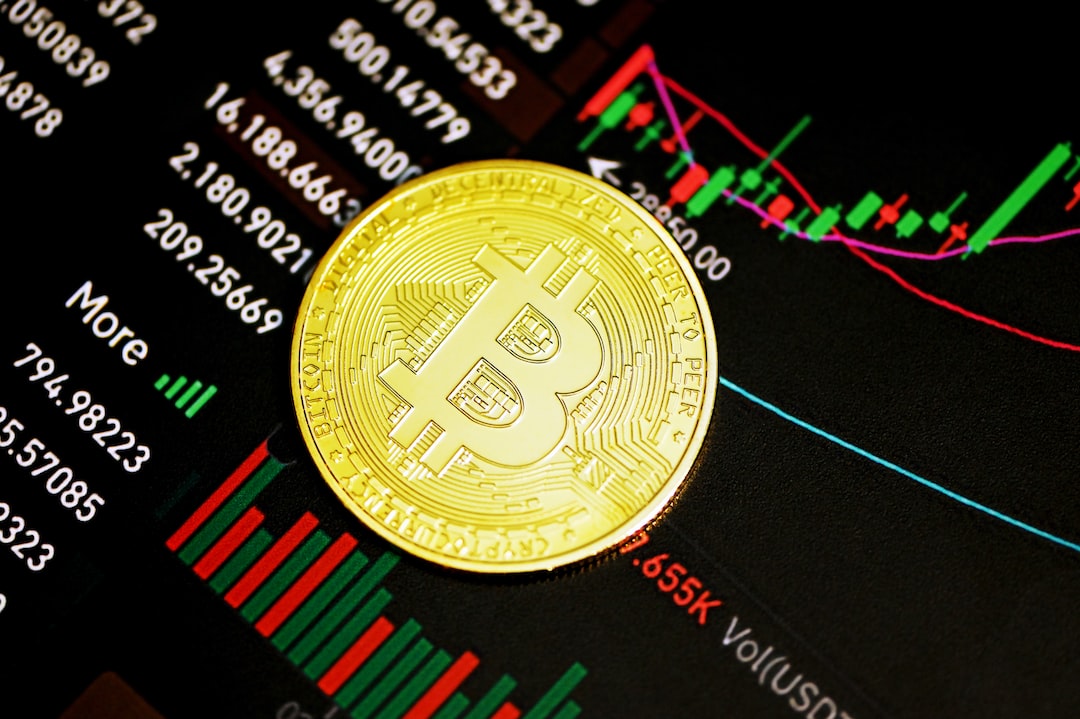Evolution of DEXes: From AMMs to Order Book Models
If you want to understand the evolution of decentralized exchanges (DEXes) and how they are reshaping the trading landscape, it’s important to compare two different approaches: automated market makers (AMMs) and order book models. Each approach has its own advantages and challenges, but the shift towards order book structures on UTXO-based blockchains is bridging the gap between traditional finance and the dynamic world of crypto.
Quick Takes
– DEXes address centralized exchange challenges, but centralized platforms still offer superior trading functionalities not found in Web3.
– The AMM model revolutionized DeFi but comes with limitations like impermanent loss and slippage.
– Order book models offer transparent price discovery and are highly compatible with UTXO-based blockchains.
– The crypto landscape is shifting from AMM-based DEXes to order book structures, bridging centralized and decentralized trading.
The Emergence of DEXes: Addressing Centralized Exchange Limitations
Centralized exchanges have vulnerabilities like hacks, KYC verifications, opaque account management, and control over private keys. However, they play a crucial role in introducing beginners to the cryptocurrency industry. To appeal to seasoned traders and mainstream financial entities, DEXes may need to consider integrating an order book architecture alongside their decentralized features.
AMM: A Revolutionary Shift in the DeFi Landscape
The introduction of the AMM model brought significant changes to the DeFi ecosystem. It solved liquidity challenges faced by DEXes on platforms like Ethereum, leading to widespread adoption. Most DEXes on Ethereum and BSC now utilize the AMM model.
Limitations of the AMM Model
AMM DEXes face challenges such as impermanent loss, slippage, capital inefficiency, and less accurate price representation. The absence of diverse order types like limit or stop orders restricts strategic trading.
The Order Book Model
Order book-based exchanges are the standard in global financial markets. They offer transparent price discovery, flexibility in executing different types of orders, and insights into market depth and sentiment. The order book model has proven reliable and effective in maintaining market integrity.
Why UTXO-Based Blockchains Work Well with Order Book Systems?
The order book model is especially suitable for UTXO-based blockchains as trades can be made peer-to-peer instead of aggregated into liquidity pools. Transactions can be processed with high concurrency, enabling faster order matching while maintaining transparency. Automation of order book operations is computationally efficient and benefits from the security and reliability of smart contracts.
Final Thoughts
The transition from AMM models to order book structures on UTXO-based blockchains has the potential to revolutionize the trading landscape and promote wider adoption of DeFi platforms. By merging traditional financial mechanisms with decentralized architectures, DEXes can address the limitations of AMMs while offering enhanced user experiences. The future of crypto trading lies in bridging the realms of traditional finance and the growing crypto universe.
Hot Take: Embracing Order Books for Enhanced Crypto Trading
The evolution of DEXes from automated market makers (AMMs) to order book models signifies a significant shift in the crypto trading landscape. While AMMs have played a crucial role in revolutionizing DeFi, they come with limitations like impermanent loss and slippage. By adopting order book architectures on UTXO-based blockchains, DEXes can offer transparent price discovery, advanced trading functionalities, and improved capital efficiency. This transition bridges the gap between traditional finance and the dynamic world of crypto, promising a more seamless and inclusive trading experience for both seasoned traders and mainstream financial entities. As DEXes continue to mature, the fusion of traditional financial mechanisms with decentralized architectures holds immense potential to reshape the trading landscape and drive the widespread adoption of DeFi platforms.
Image Source: Cointelegraph





 By
By
 By
By
 By
By
 By
By
 By
By
 By
By